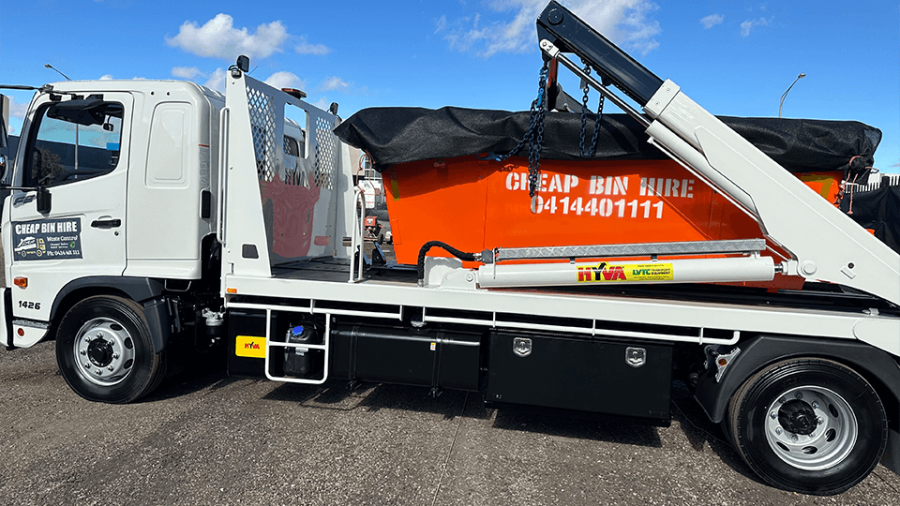Residential skip bin hire is an excellent solution for managing waste during home projects, but successful planning is key to ensuring a smooth experience. From selecting the right bin size to coordinating with your hire provider, this article will guide you through the steps to plan for a successful skip bin hire.
Step 1: Assess Your Waste Disposal Needs
The first step in planning a successful skip bin hire is to assess your waste disposal needs. Consider the type of project you’re undertaking and the volume of waste it will generate. This will help you determine the appropriate bin size and type.
- Type of Waste: Identify the types of waste your project will produce, such as general household waste, garden waste, construction debris, or bulky items like furniture. Some waste types, like hazardous materials, may require special handling.
- Volume of Waste: Estimate the volume of waste you’ll generate. A home renovation project, for example, may produce more waste than a simple garden clean-up. Use previous projects as a reference if possible.
Step 2: Choose the Right Skip Bin Size
Once you’ve assessed your waste disposal needs, the next step is to choose the right skip bin size. Skip bins come in a variety of sizes, and selecting the correct one is crucial for both cost and efficiency.
- Mini Skips (2-3 cubic meters): Ideal for small projects, such as garden waste or minor decluttering.
- Midi Skips (4-6 cubic meters): Suitable for medium-sized projects, like bathroom renovations or garage clean-outs.
- Maxi Skips (7-10 cubic meters): Best for large-scale projects, such as home renovations or major landscaping.
If you’re unsure about the size, consult with your skip bin provider. They can offer guidance based on the specifics of your project.
Step 3: Coordinate Delivery and Pickup
Timing is crucial when hiring a skip bin. Coordinate delivery and pickup times with your provider to ensure that the bin is available when you need it and removed promptly once your project is complete.
- Schedule Delivery: Arrange for the skip bin to be delivered just before your project begins. This ensures you can start disposing of waste immediately, keeping your work area tidy.
- Plan for Pickup: Schedule the pickup for when you expect your project to be finished. If your timeline is uncertain, ask about flexible hire periods or the possibility of extending the hire if needed.
Step 4: Prepare for Placement and Permits
Where you place your skip bin is just as important as when it arrives. Proper placement ensures ease of use and compliance with local regulations.
- Placement on Private Property: If possible, place the skip bin on your driveway or another accessible area of your property. Ensure the ground is level to prevent the bin from tipping over.
- Placement on Public Property: If you need to place the bin on public property, such as a street or sidewalk, check with your local council to determine if a permit is required. Secure the permit in advance to avoid delays or fines.
- Accessibility: Ensure the skip bin is placed in a location that’s convenient for loading and accessible for the collection truck.
Step 5: Follow Safety and Environmental Guidelines
Safety and environmental responsibility should be top priorities when using a skip bin. Proper handling of waste and adherence to guidelines will help prevent accidents and minimize environmental impact.
- Load the Bin Safely: Distribute waste evenly in the bin to prevent it from becoming unbalanced. Avoid overfilling the bin, as this can create safety hazards during transport.
- Handle Hazardous Materials Properly: Do not place hazardous materials, such as chemicals, asbestos, or electronic waste, in the skip bin. These items require special disposal methods.
- Consider Recycling: Separate recyclable materials, such as metal, glass, and cardboard, before placing waste in the skip bin. This reduces the volume of waste sent to landfill and promotes sustainability.
Step 6: Communicate with Your Skip Bin Provider
Clear communication with your skip bin provider is essential for a successful hire. Discuss your project’s details, including the type and volume of waste, the project timeline, and any specific requirements you may have.
- Ask Questions: If you’re unsure about any aspect of the skip bin hire process, don’t hesitate to ask questions. Your provider is there to assist you and ensure a smooth experience.
- Confirm Details: Before finalizing the hire, confirm all details with your provider, including the bin size, delivery and pickup times, and any necessary permits.
Conclusion
Planning for a successful residential skip bin hire involves careful consideration of your waste disposal needs, selecting the right bin size, coordinating delivery and pickup, and adhering to safety and environmental guidelines. By following these steps and maintaining clear communication with your skip bin provider, you can ensure a hassle-free experience that allows you to focus on your home project. With the right planning, skip bin hire can be a valuable tool in keeping your property clean, organized, and environmentally responsible.


